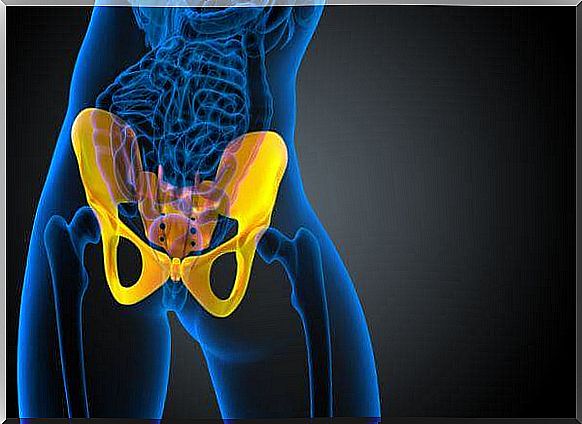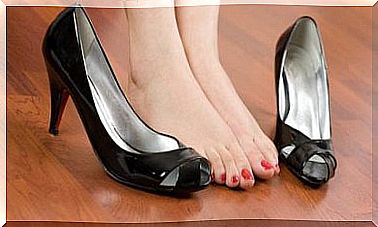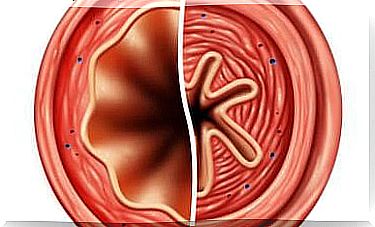Iliac Sacrum Pain: When Sitting Is Unbearable
Iliac sacrum pain can have different causes, it is important to see a doctor before taking any medication or undergoing alternative treatment.
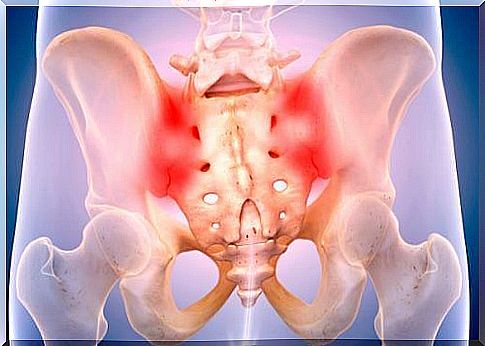
The iliac sacrum is a very delicate place on our back, it is where the lumbar spine and pelvis are connected.
If this place is inflamed, a severe, throbbing pain appears in the iliac sacrum, a condition much more common than we think.
This discomfort is known as sacroiliitis and we notice it mostly when we sit up and get up or roll over in bed.
Gradually, if this pain intensifies, there may come a time when just sitting down becomes almost unbearable.
Likewise, some support the idea that this type of joint affection is a direct consequence of our sedentary lifestyle, which is not true in all cases.
Indeed, iliac sacrum pain can be related to:
- Arthritis
- The pregnancy
- The traumatic fall
- Infectious processes
Today we want to tell you about this type of pain that you may have experienced more than once.
Pain in the iliac sacrum: when you think you have a herniated disc
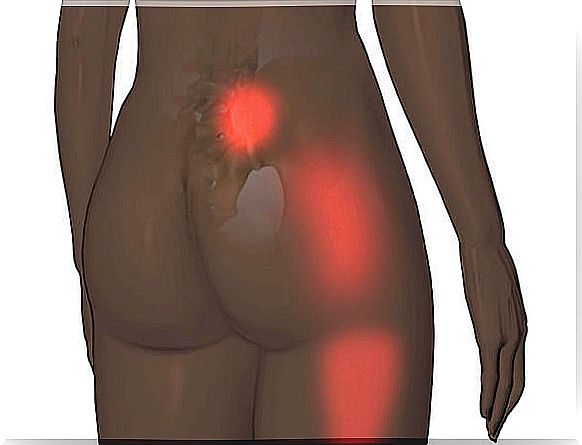
A fever, a stabbing pain in the lower back that reaches the buttocks and thighs, what if you had a herniated disc?
This is probably the first idea that comes to mind of a patient with sacroiliitis who, in general, experiences intense discomfort when getting out of bed in the morning, or when staying sat for a few hours.
This problem should be taken into account from the start, this type of localized inflammation in one or two sacroiliac joints is not easy to diagnose.
It is common to associate it with other problems such as a herniated disc or even classic low back pain.
Likewise, it is possible to differentiate, in turn, two types of pain in the iliac sacrum:
- The first has to do with a simple inflammation located in the joints that make up the sacrum.
- The other is related to wrong movement or incorrect movements done for a long time.
For example, if there is an ankle problem due to an injury or sprain that causes us to walk poorly for a while, pain in the iliac sacrum area may appear (without inflammation).
Symptoms of pain in the iliac sacrum

Pain in the iliac sacrum is generally more common in women than in men (because its origin often comes from processes associated with arthritis, lupus, osteoarthritis, etc.).
- The pain is visible mostly in the buttocks and lower back area.
- The discomfort radiates to the legs, groin and even the feet.
- The pain is also severe when you go up the stairs, when you are sitting down, when you roll over in bed or take longer steps.
- It is also possible to have a fever.
- It is common to feel stiff back.
What Are the Causes of Iliac Sacrum Pain?
As stated earlier, this pain is not exclusively associated with a sedentary lifestyle.
It is clear that maintaining an active lifestyle and exercising reduces the incidence of this type of joint infections. But it is not always in our hands to be able to prevent this problem 100%.
Let’s see some of the associated causes below:
- Diseases such as arthritis or osteoarthritis, already mentioned above.
- Lupus and psoriasis.
- Crohn’s disease, due to its inflammatory processes, also causes pain in the iliac sacrum.
- Trauma or blows in this area. A bad fall on your back, for example, is usually one of the most common causes.
- Pregnancy, and especially the weight of the baby exerted in this area, usually causes severe pain in the sacrum.
- Infections such as osteomyelitis.
- Urinary tract infections.
What type of treatment is available for iliac sacrum pain?
Before resorting to any treatment, even if it is natural or done at home, it is necessary to obtain a good medical diagnosis. We said that from the start. It is not easy to find the origin of this pain in the lower back.
It will therefore be necessary to have x-rays, tests, a physical examination and an MRI to diagnose sacroiliitis.
Likewise, and once diagnosed, it is important to know what causes this condition. It won’t be the same treatment for iliac sacrum pain related to arthritis or Crohn’s disease, for example.
Among the most common and general therapeutic approaches to reduce pain and inflammation, the following strategies exist:
- Anti-inflammatory drugs, muscle relaxants or also cortisone infiltrations.
- Massages from a good physiotherapist.
- Swimming.
- Flexibility and stretching exercises.
- On the other hand, radiofrequency denervation is also an option that we can consider. Evaluated by a specialist, it is based on the destruction of nervous tissue that causes pain in the joints.
- Another approach widely used nowadays is implantation of an electrical stimulator in the problem area.

To conclude, as we have seen, pain in the iliac sacrum can have different origins.
Sometimes it goes away after a few days. In other cases, it can become a persistent annoyance once we reach a certain age. This is when common illnesses appear, such as arthritis.
The best thing to do in these cases is to try different medical approaches to find the one that allows us to have a better quality of life.
